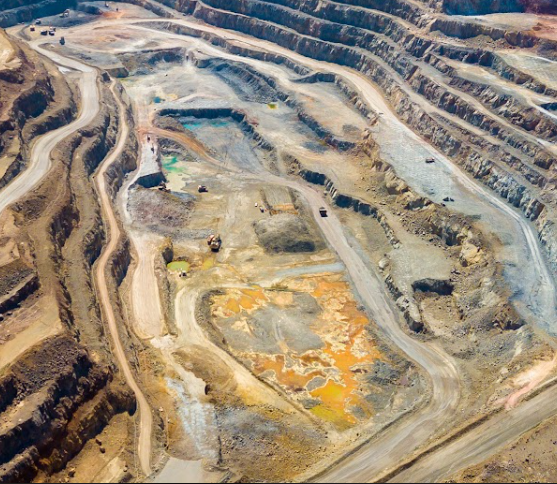1.2 History of Mining in Canada
The Canadian Institute of Mining, Metallurgy and Petroleum (CIM) published a series of articles about the development of the Canadian minerals industry to celebrate their 100th anniversary, in 1998. This was then published into a book by John Udd (2000). This book states that the first record of mining by Europeans in Canada was in 998 A.D., for iron ore. There are records of coal and metal mining in the 1500’s through to the 1800’s.
By the time Canada was founded in 1867, European settlers had already been exploring for resources in Canada for 200 years. The first mine, a coal mine, was believed to be opened in New Brunswick in 1639. The first Iron mine was believed to have started in 1729 in Quebec. The first producing oil well was believed to have been installed in 1857 in Southern Ontario though oil production through wells is not included in this course. Placer gold, copper, silver, asbestos, nickel and other mineral were all discovered in Canada in the 1800’s so the 19th century represented a peak in prospecting and a significant time in the development of the Canadian minerals industry.
All of this history is important because in Canada, it means that easily discovered surface deposits have likely been found. As time progresses, it is more likely that certain commodities will only be found at depth perhaps requiring underground mining methods in comparison to open pits. As well, underground mining options are operating deeper and deeper in order to continue to mine. Mining in Timmins, Ontario at Kidd Creek mines is currently approximately 2.9 km. beneath the surface and the Creighton mine in Sudbury, Ontario is approximately 2.5 km deep. These are two of the top 10 deepest mines in the world.




